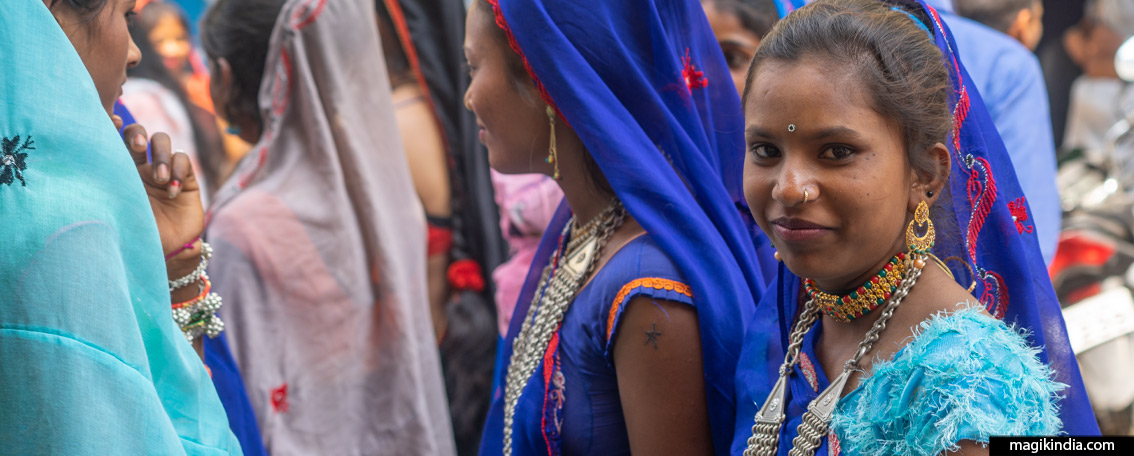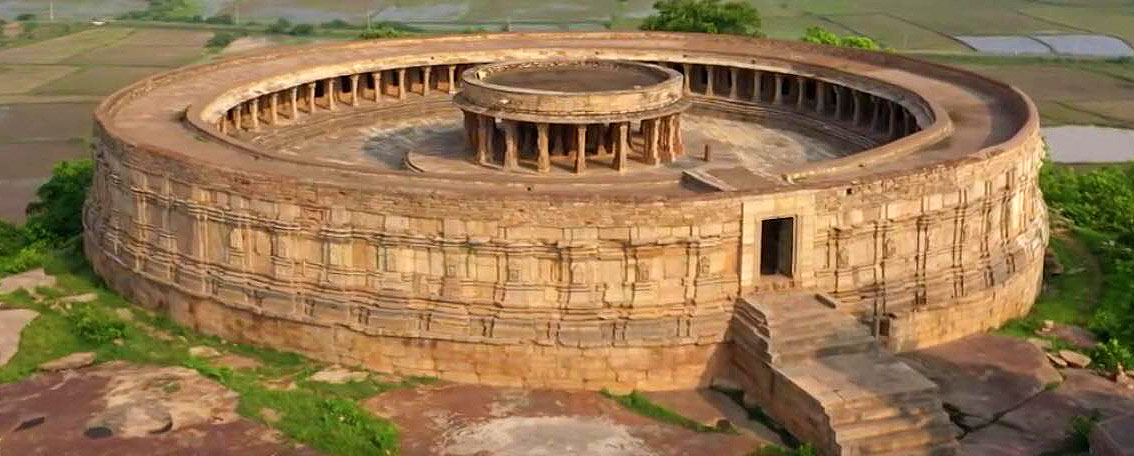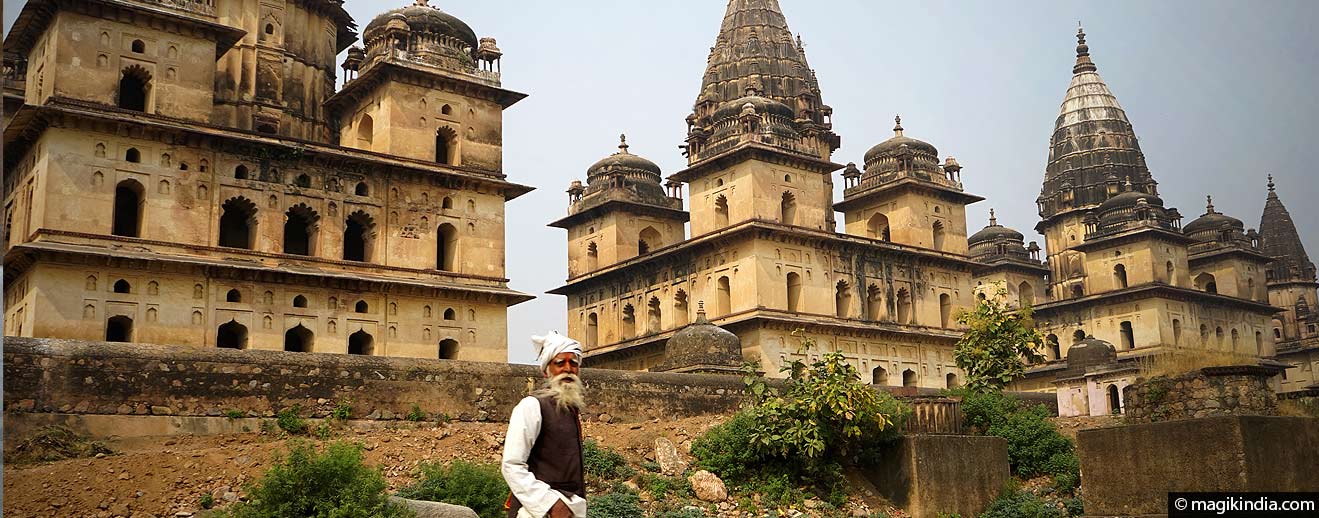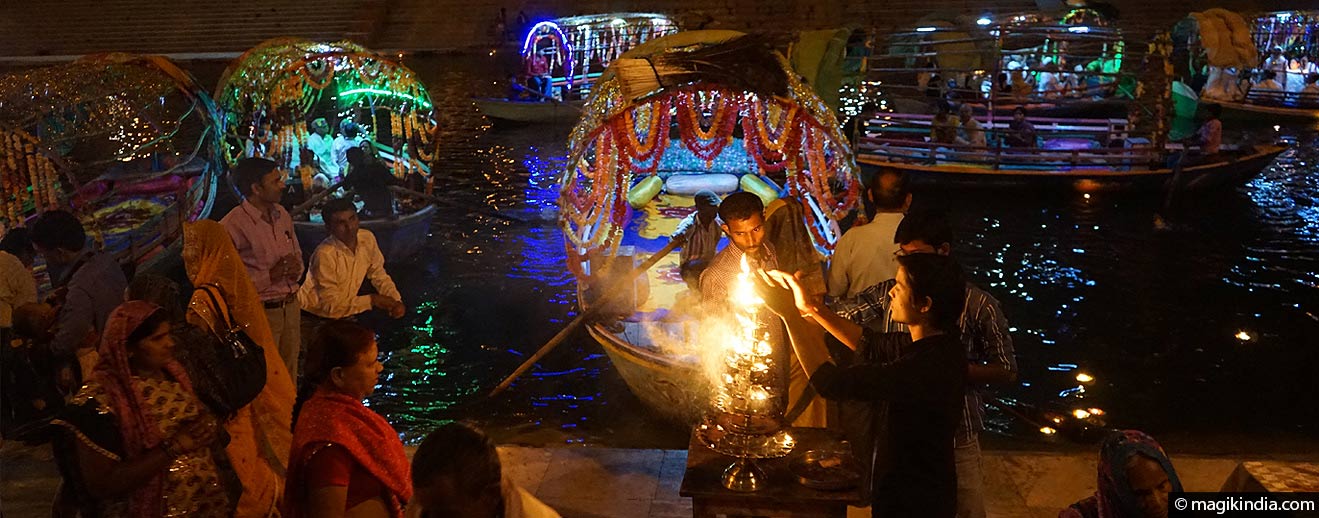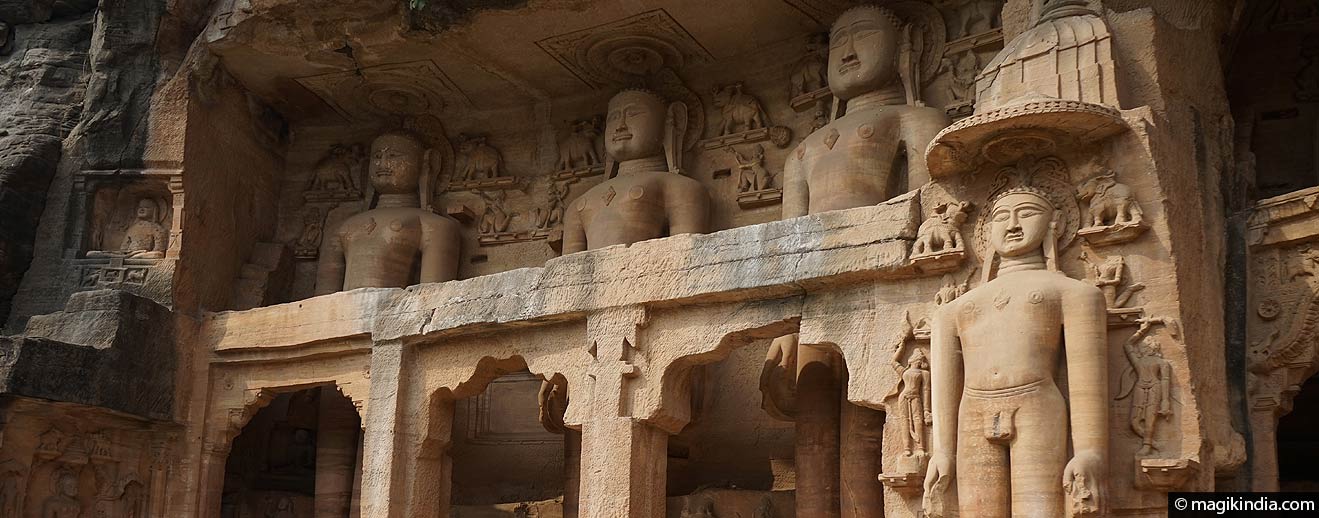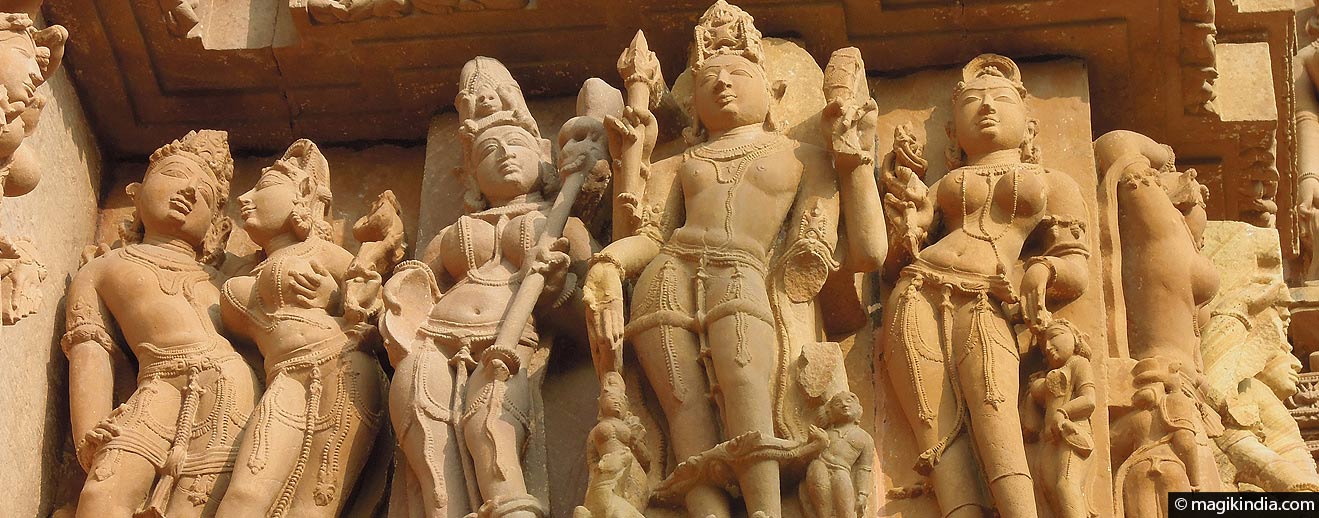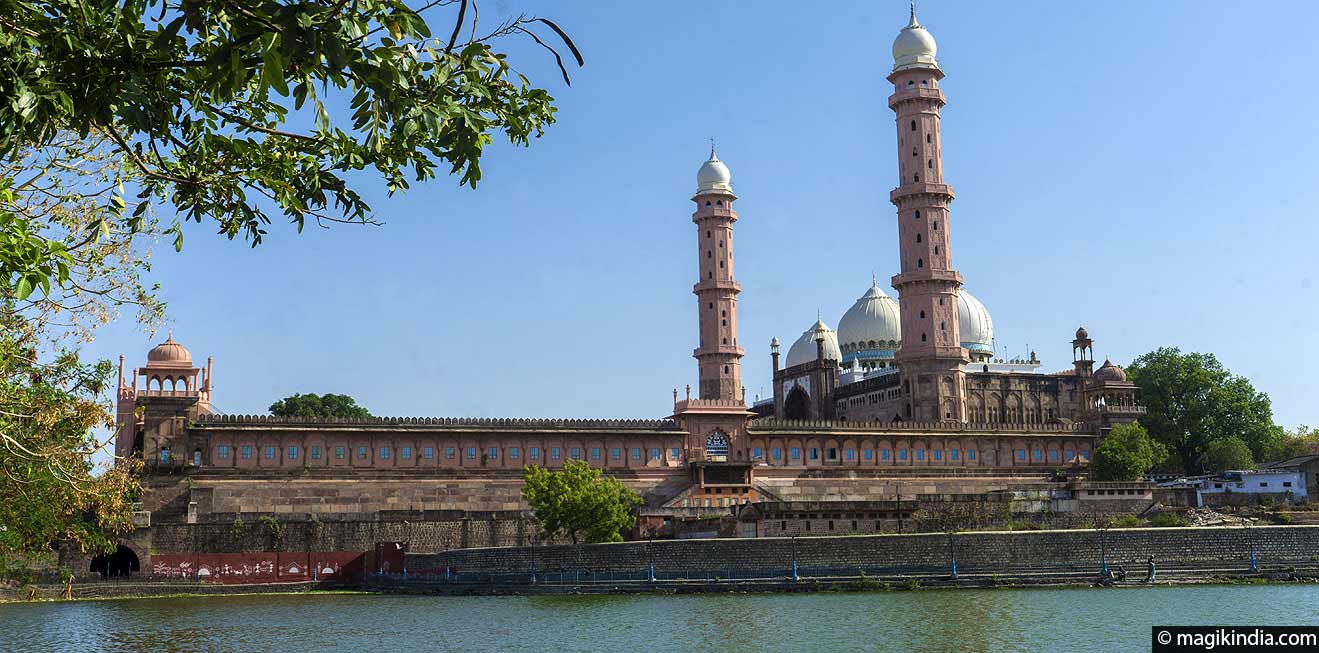
Bhopal, a city ruled by four Begums
Bhopal is the capital of Madhya Pradesh. Alone among the princely states of India, it was ruled by a succession of four Moslem queens, the Begums, from 1819 to 1926. The Begums made considerable infrastructure investments in Bhopal. The vestiges of Bhopal’s history worth a stop, not to forget around the amazing sites of Bhojpur, Sanchi and Bhimbekta.

A little history…
According to folk tradition, Bhopal was founded in the 11th century by the king Paramara Bhoja, but there is no archaeological evidence for this.
In the early 18th century, Bhopal was a small village in the tribal kingdom of Gond. The modern town was built by Dost Mohammad Khan (1672-1728), an Afghan commander in the Mughal army.
Khan was granted the territory of Bhopal by the Gond queen Kamlapati in payment for his services as a mercenary in the unstable Malwa region (western Madhya Pradesh). When Kamlapati died he usurped her throne. In the 1720s he built a fort called Fatehgarh in the village, which grew around the fort into the town of Bhopal.
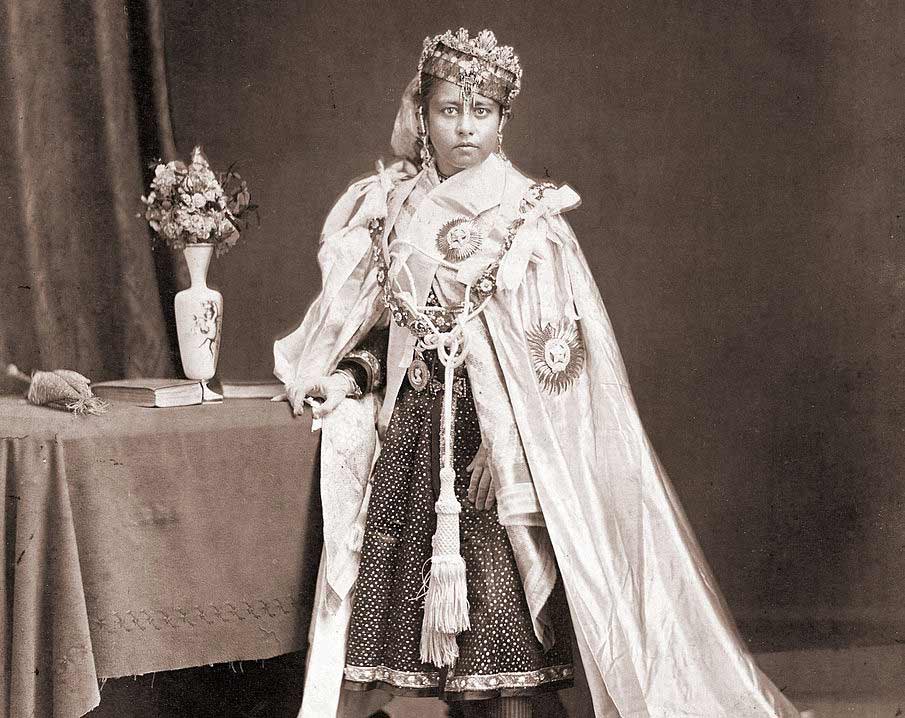
Between 1819 and 1926, under British sovereignty, the princely state was ruled by four women, the Begums (Muslim queens). This was a unique occurrence for the time, and even for our day. Under the Begums the town acquired networks of aqueducts and railways, a postal system and numerous imposing buildings such as mosques and palaces.
The disaster of 1984
In 1948 the town made tragic front page news all over the world. On the night of 3 December that year, an explosion at the Union Carbide India chemicals factory released some 32 tons of toxic gas into the atmosphere. Officially, the accident killed 3828 people, a figure revised to 7575 in 1991.
According to the victim associations, the number of dead ranges between 20,000 and 25,000. It was the biggest industrial accident the world has ever known. The disaster’s impact continues today in terms of psychological and neurological illness. The groundwater and the soil around the site are still contaminated with toxic residues.
And now, let’s visit Bhopal!
Taj-ul-Masajid (mosque)
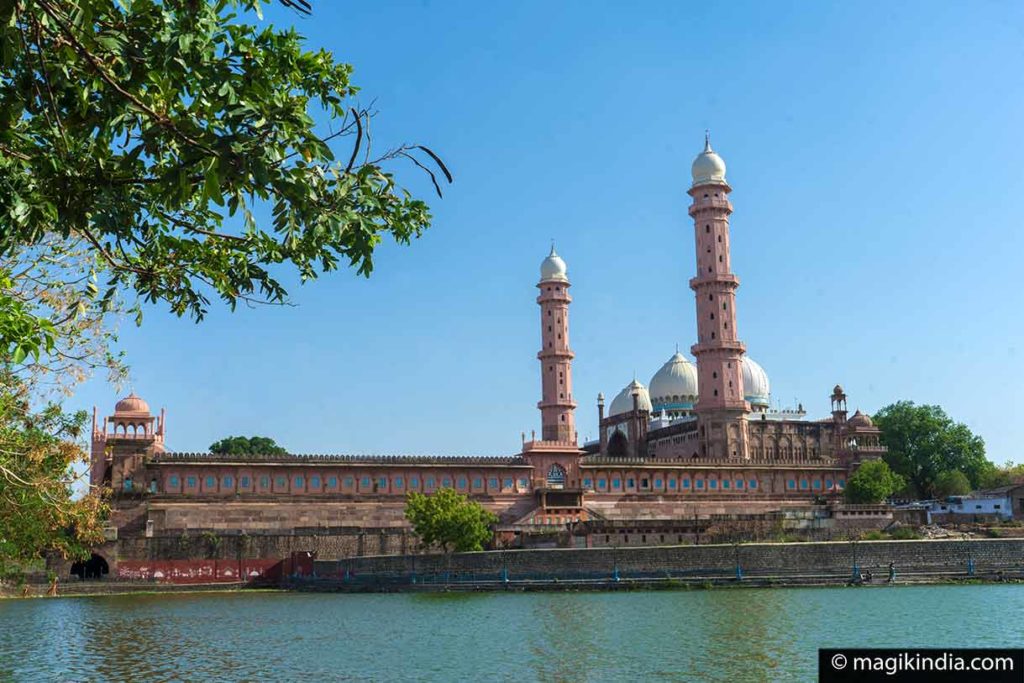
Taj-ul-Masajid means “crown among mosques”. It is one of Asia’s largest mosques.
Its construction was launched by Nawab Sultan Shah Jahan Begum (1844-1860 and 1868-1901) and continued in the reign of her daughter Sultan Kaikhusrau Jahan Begum.
The mosque was not completed during the latter’s lifetime for lack of funds. It was only finally completed in 1985.
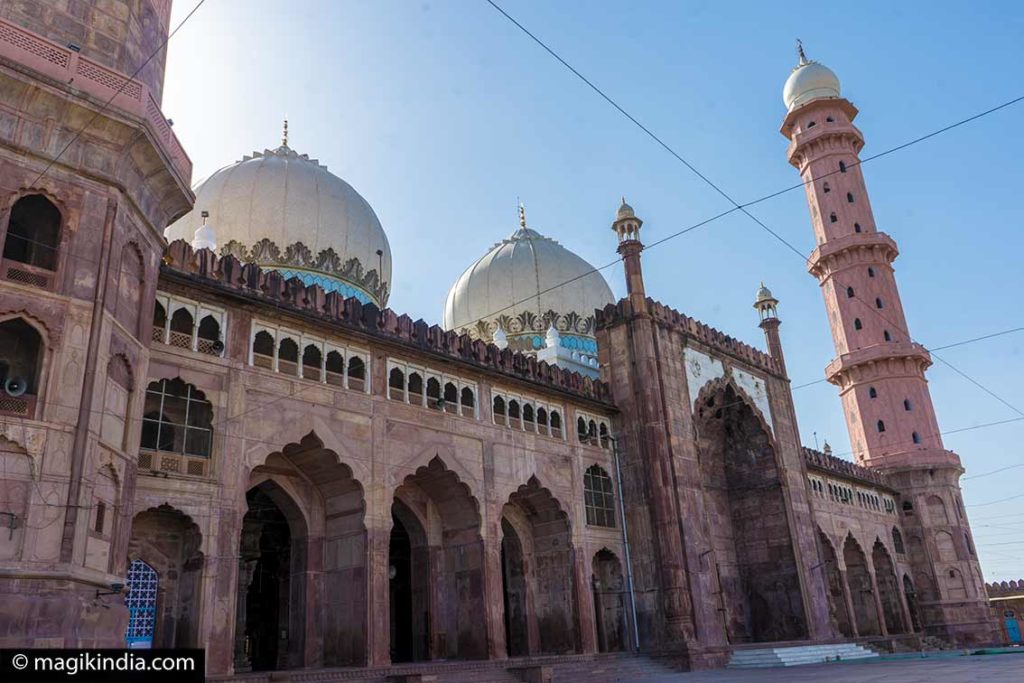
Taj-ul-Masajid boasts a pink façade from which rise two 62m octagonal minarets topped by marble domes. The main prayer hall boasts finely carved pillars and a Mughal style marble floor like the one at Jama Masjid in Delhi.
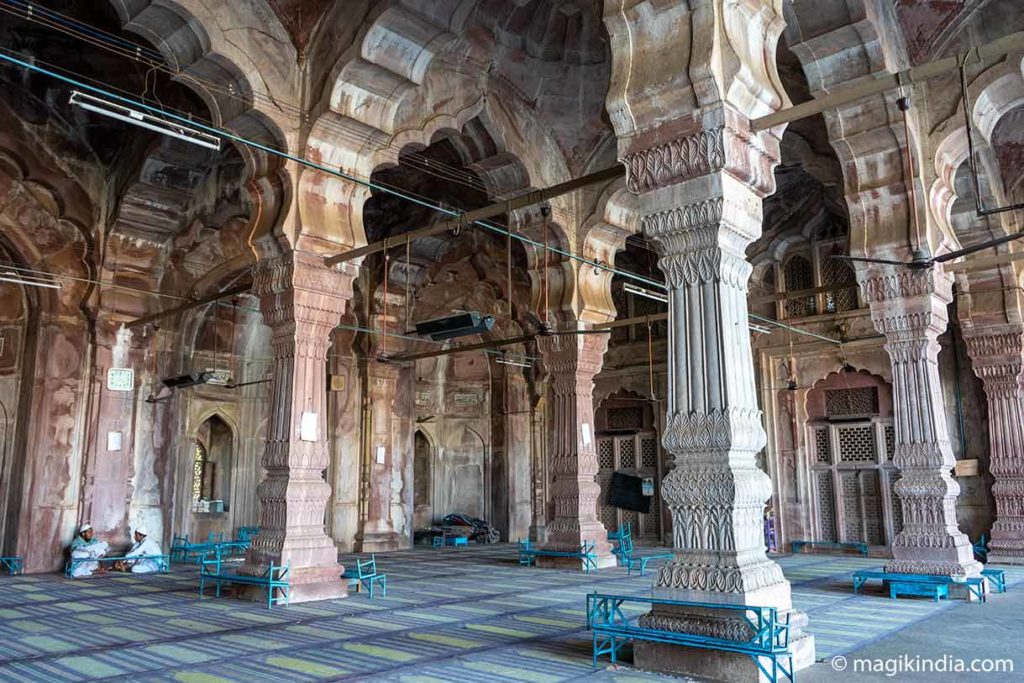
Badi Jheel Lake / Upper lake
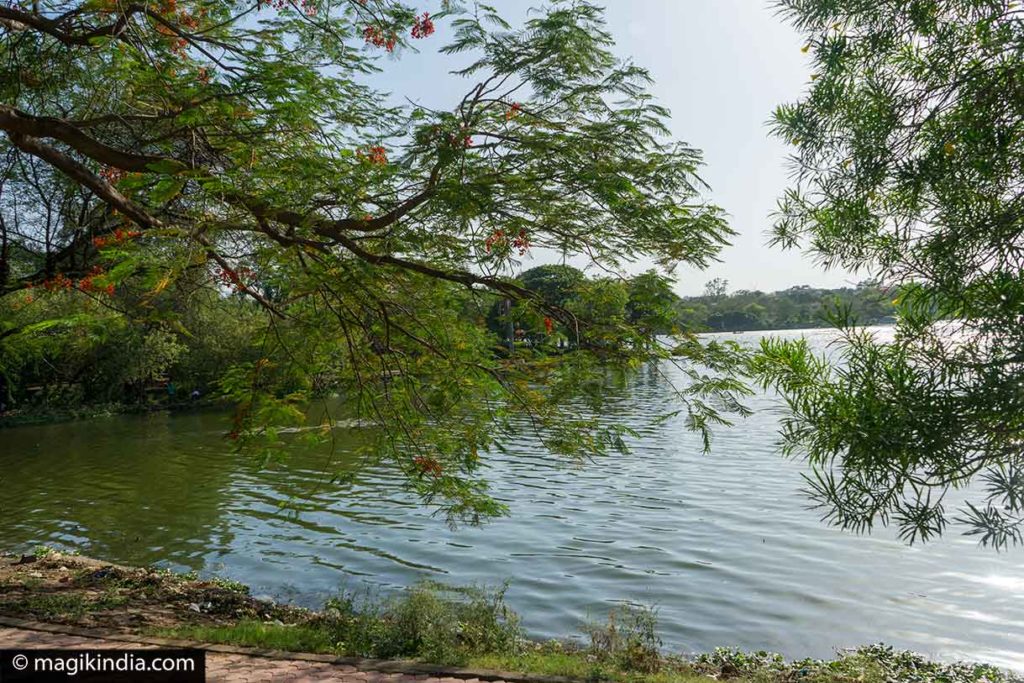
TheBada Talab or the Upper Lake is a vast stretch of water on the western edge of Bhopal, bordered on its southern side by the Van Vihar national park.
The lake is a quiet place where visitors can enjoy boat trips and water sports.
State Museum
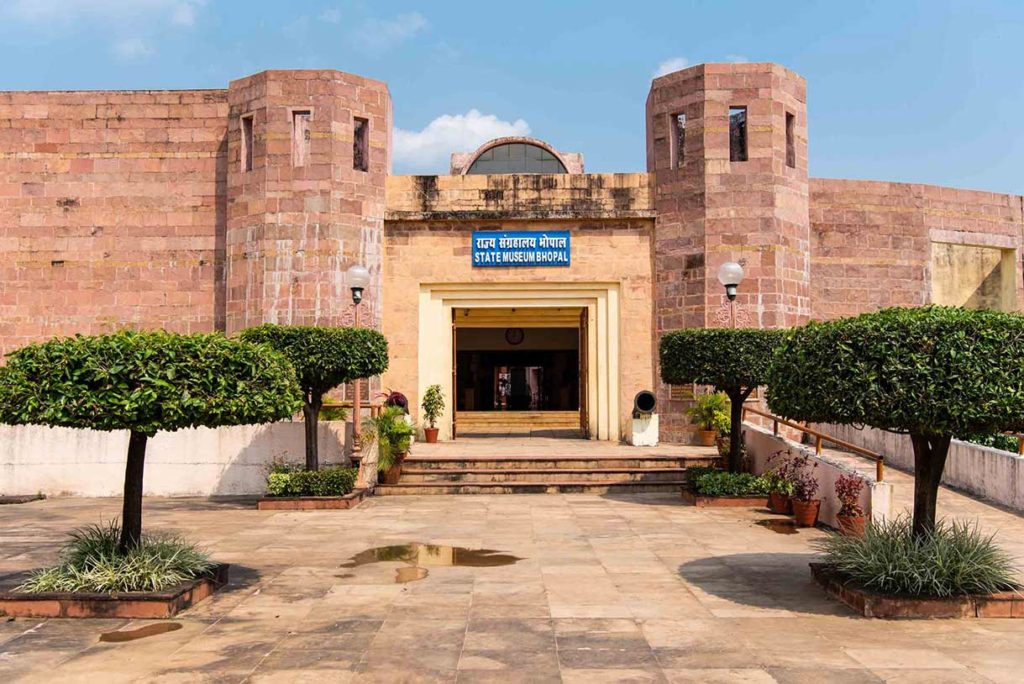
Bhopal’s museum is one of the largest in Madhya Pradesh.
Its 17 galleries house historic objects including the royal collection, fossils, prehistoric artefacts, sculptures and textiles.
The museum provides a kind of flash-back across the history of Madhya Pradesh.
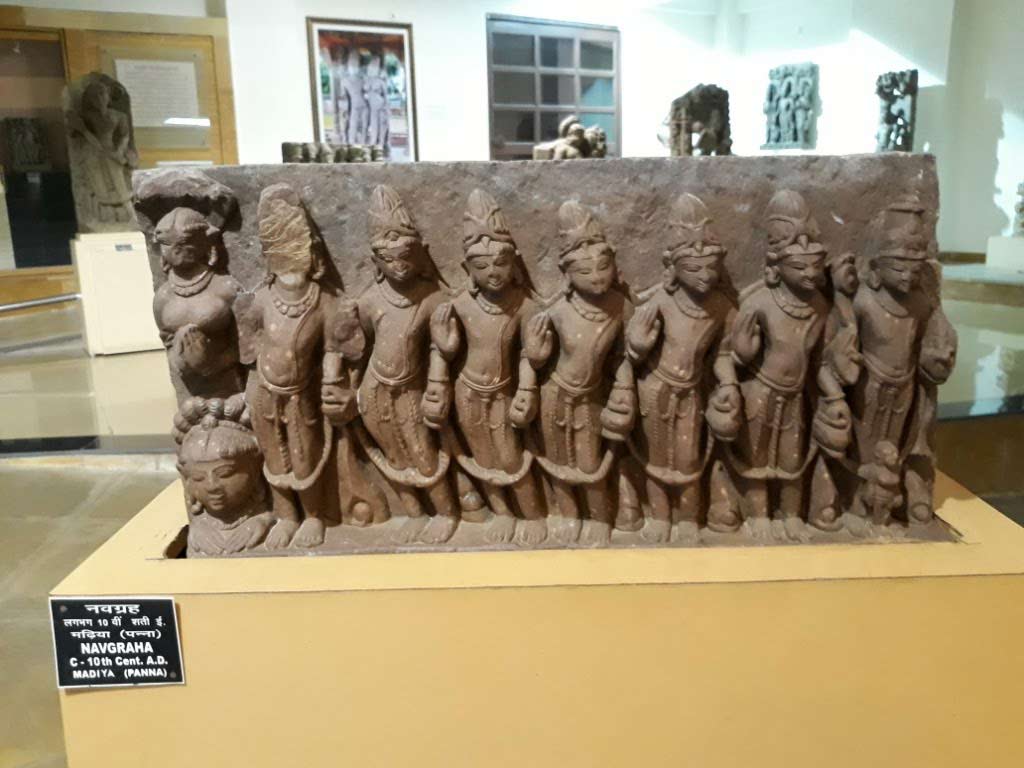
Gohar Mahal
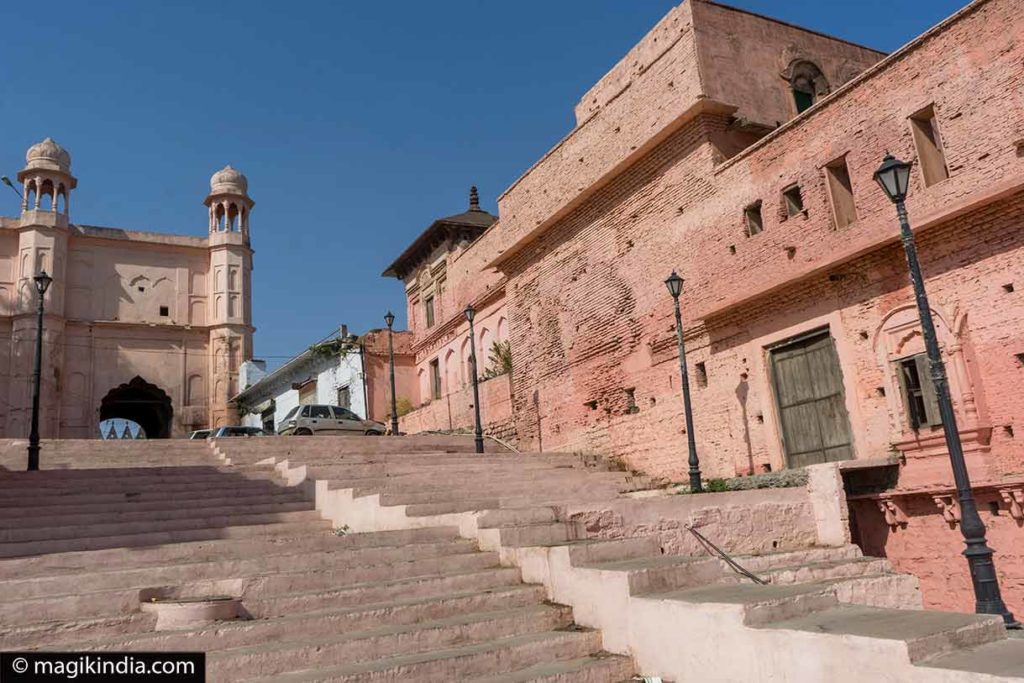
Beside the Upper Lake stands the Gohar Mahal, built in 1820 by the first woman to rule Bhopal, Sikander Jahan Begum.
The palace traversed the entire period of the Begum rulers and has now been converted into a cultural centre.
Every year the Madhya Pradesh tourist authority holds the Bhopal Mahotsav in the Gohar Mahal. This is a festival of theatre, crafts and music.
The pink Gohar Mahal is a fine example of the fusion of Mughal and Hindu architectural styles.
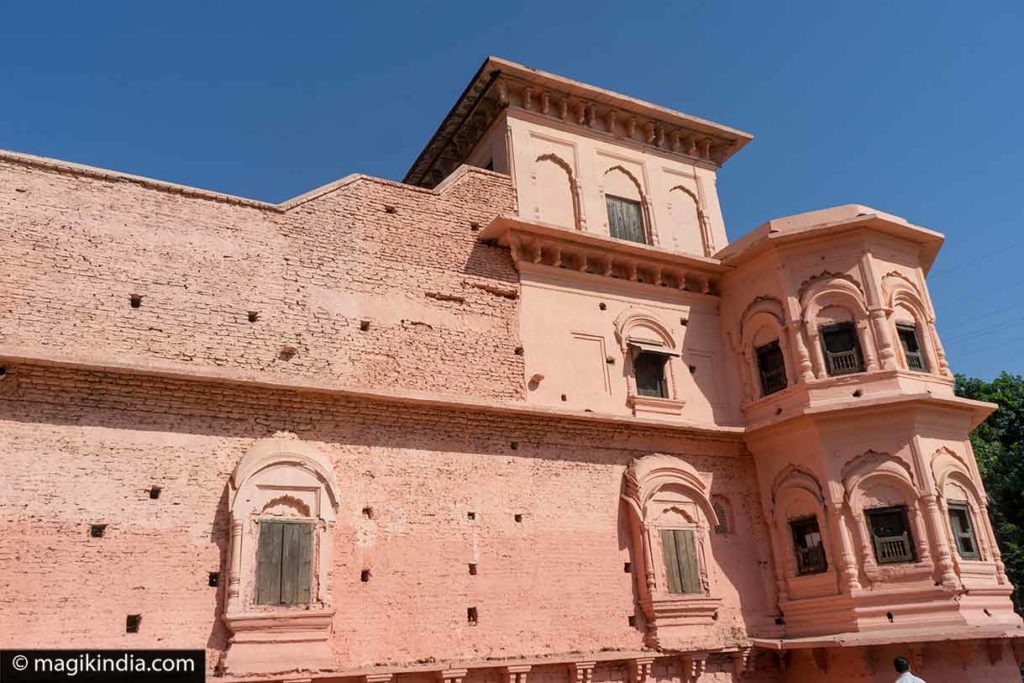
Shaukat Mahal & Sadar Manzil
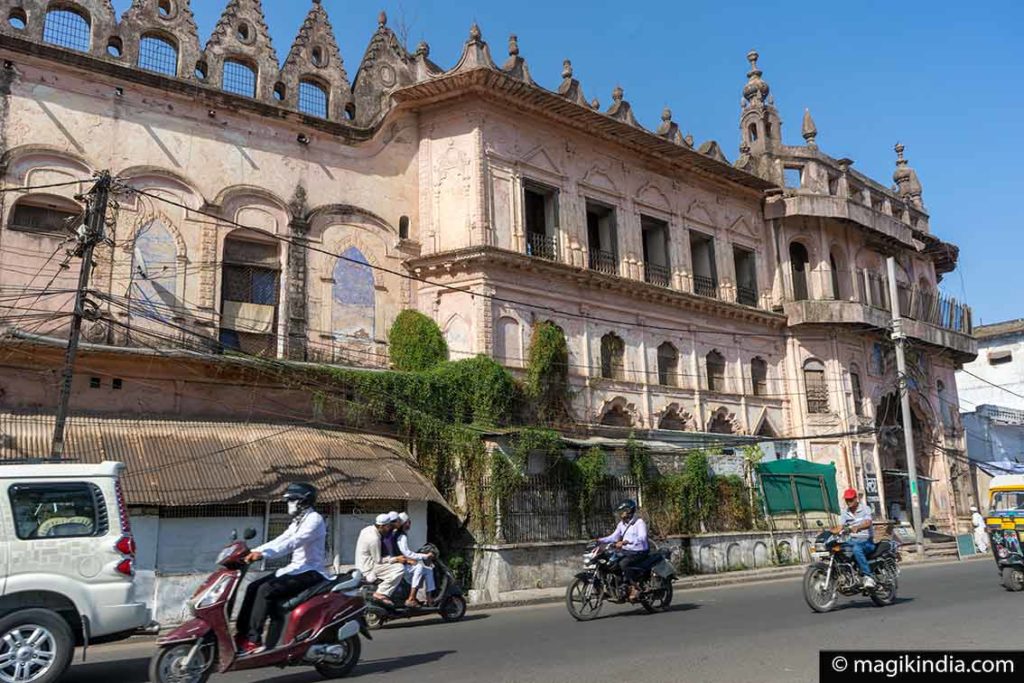
The Shaukat Mahal and the Sadar Manzil are well orth a viit, though their dilapidated condition is a great pity.
They are near the entrance to the Chowk (market) in the town centre. Both buildings are architectural curiosities.
The Shaukat Mahal was built in 1830 as a wedding gift for Sikander Jehan Begum, the first woman to rule Bhopal.
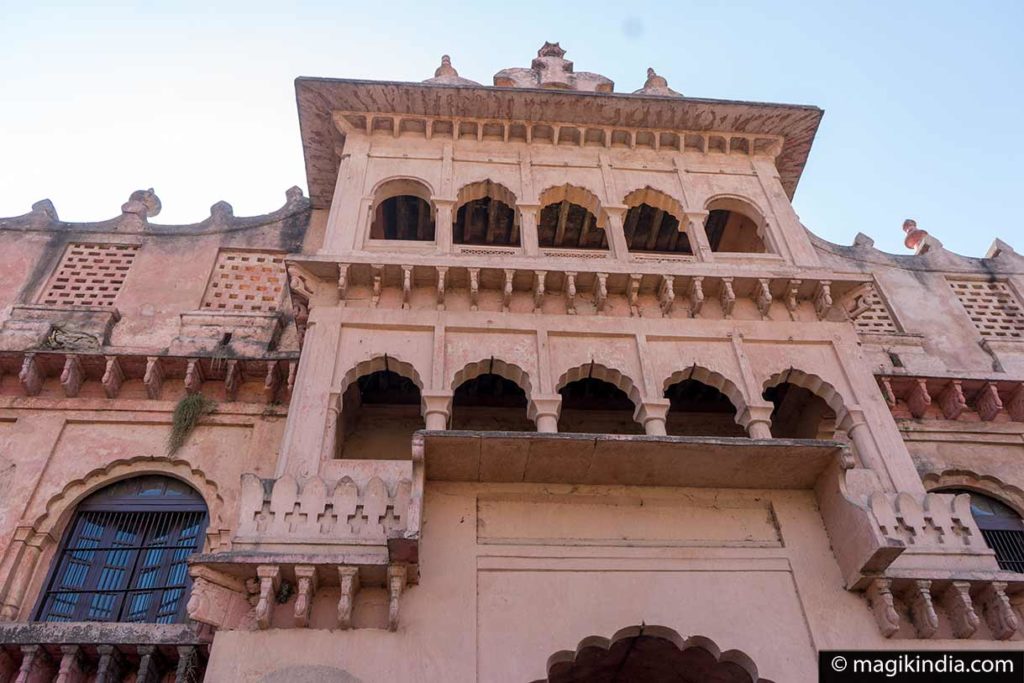
It was designed by a French descendant of the Bourbon royal dynasty. The building is a harmonious blend of Muslim architectural styles with European Gothic and Post-Renaissance elements.
Beside the Shaukat Mahal stands the Sadar Manzil, which served as a public audience hall during the princely period
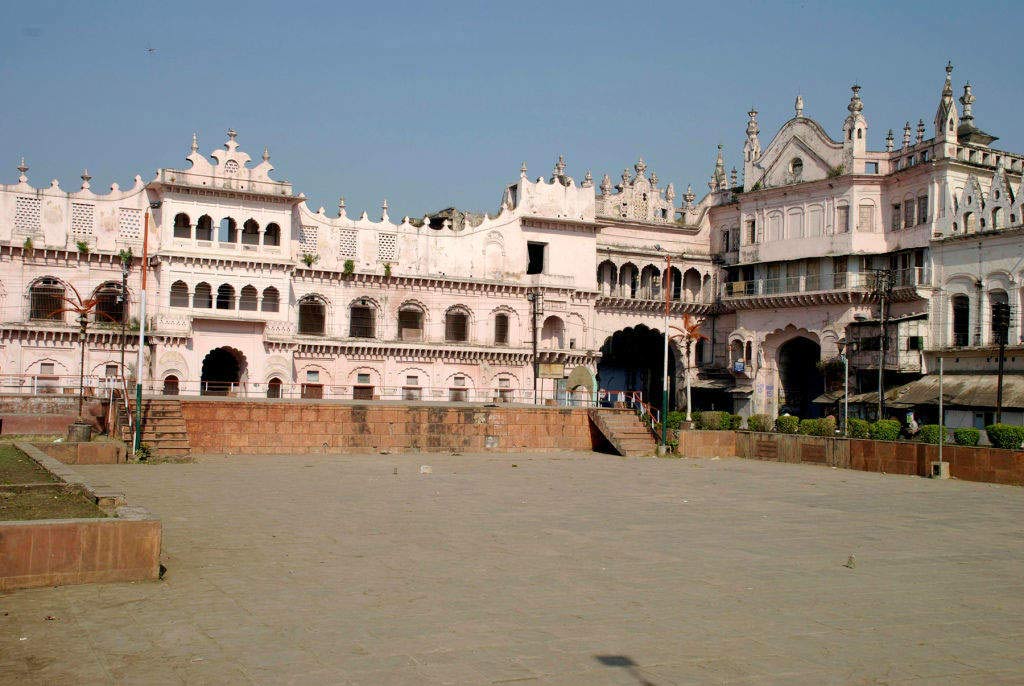
Taj Mahal Palace
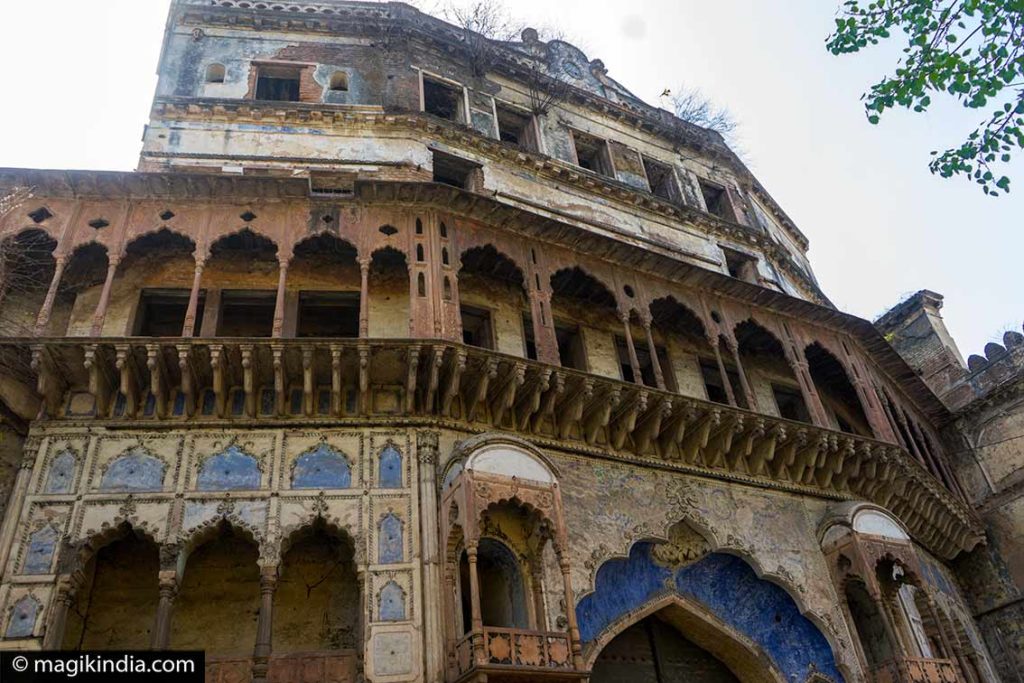
The Bhopal Taj Mahal was built as the main residence of the reigning Begums. Building was started by Shah Jahan Begum and took 13 years, from 1871 to 1884.
At the time, it was one of the world’s largest palaces. It is said that the Begum ordered a ‘Jashn-e-Taj Mahal’, i.e. three years of celebrations after the building was completed.
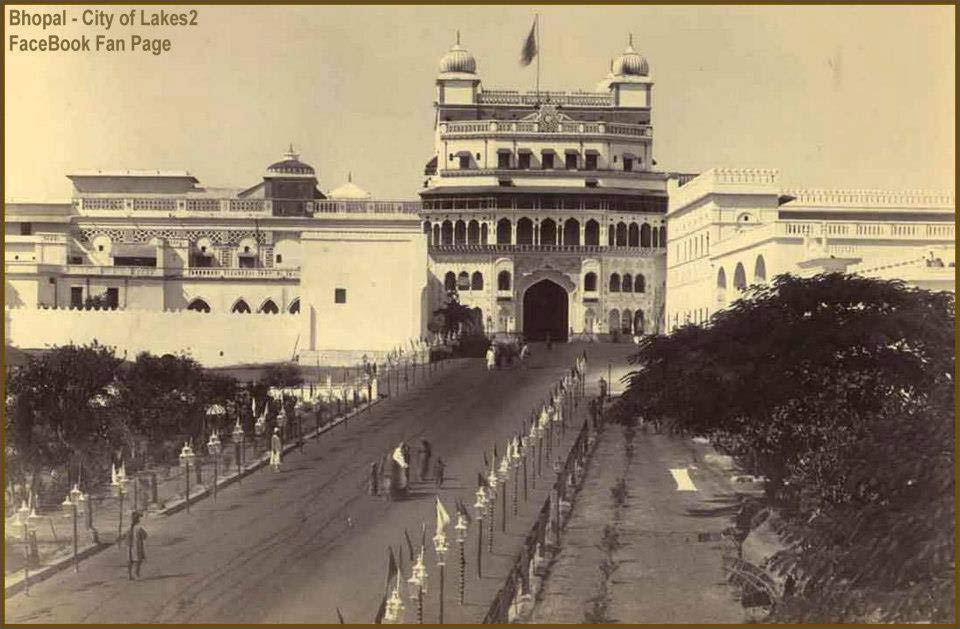
The palace fell into disuse after India’s independence. Although much of it is now dilapidated, one can easily see how splendid it must once have been.
In 2005 it was declared State heritage by the Madhya Pradesh government and the Department of Archaeology has started restoration work. But some say it is to be converted into a luxury hotel.
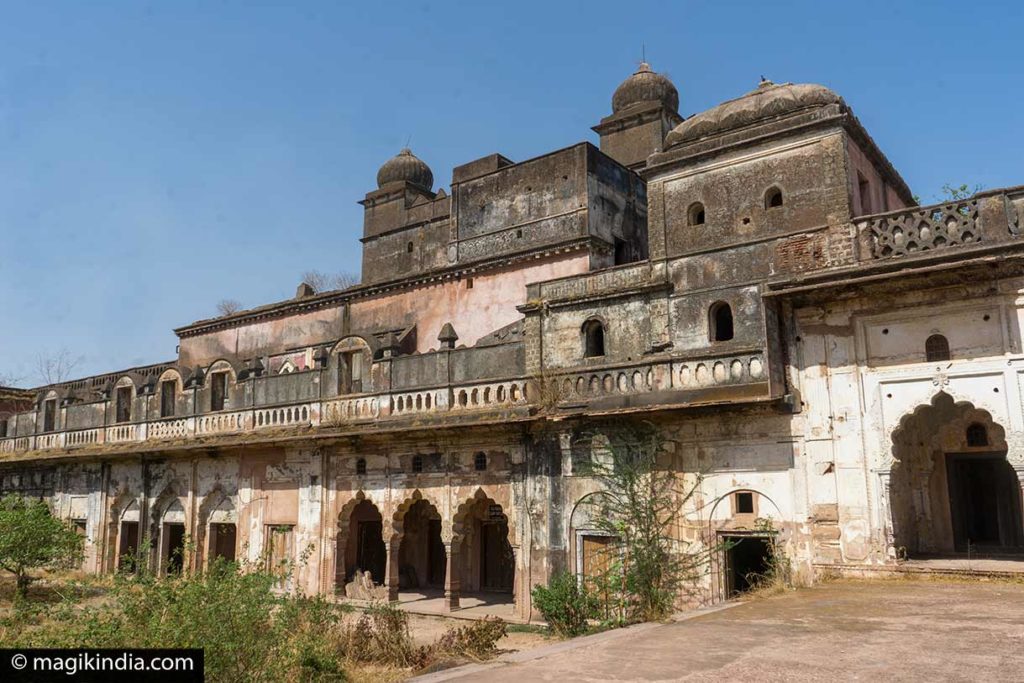
The architectural style of the Bhopal Taj Mahal is Indo-Saracenic, mixing British, French, Mughal, Arab and Hindu features.
It comprises 120 rooms, a hall of mirrors, the ‘Sawan Bhadon’ pavilion and an elaborate fountain that simulates the effect of rain. The main entrance is a seven-storey structure.
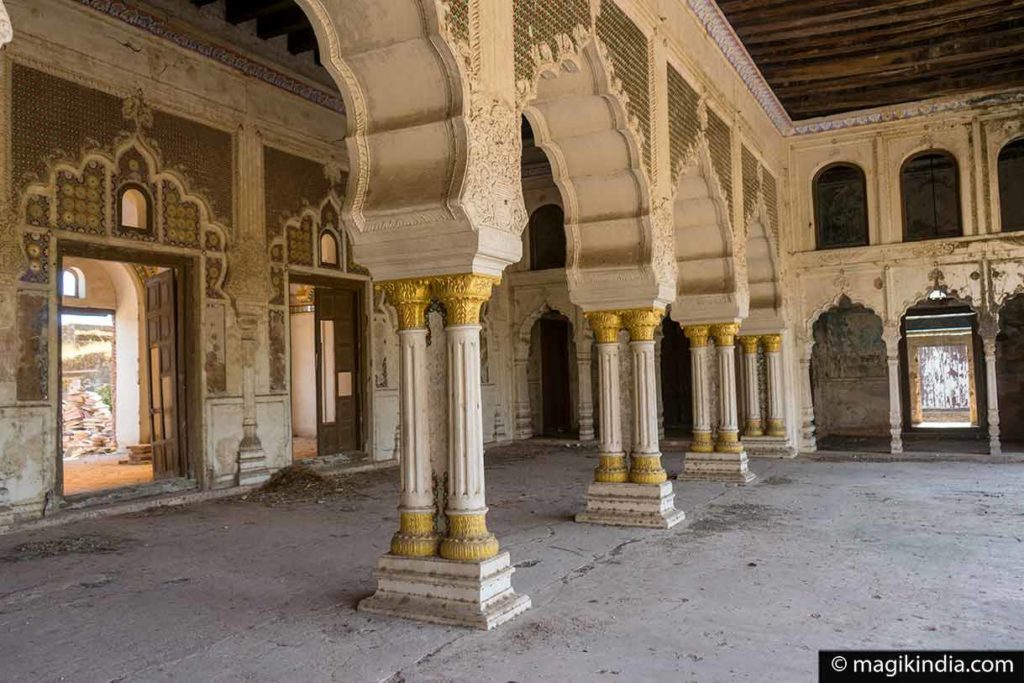
The Taj Mahal was one of a complex of buildings along the banks of the three lakes, the others being the Benazir Palace (the Begums’ summer palace) and the Taj-ul-Masjid mosque.
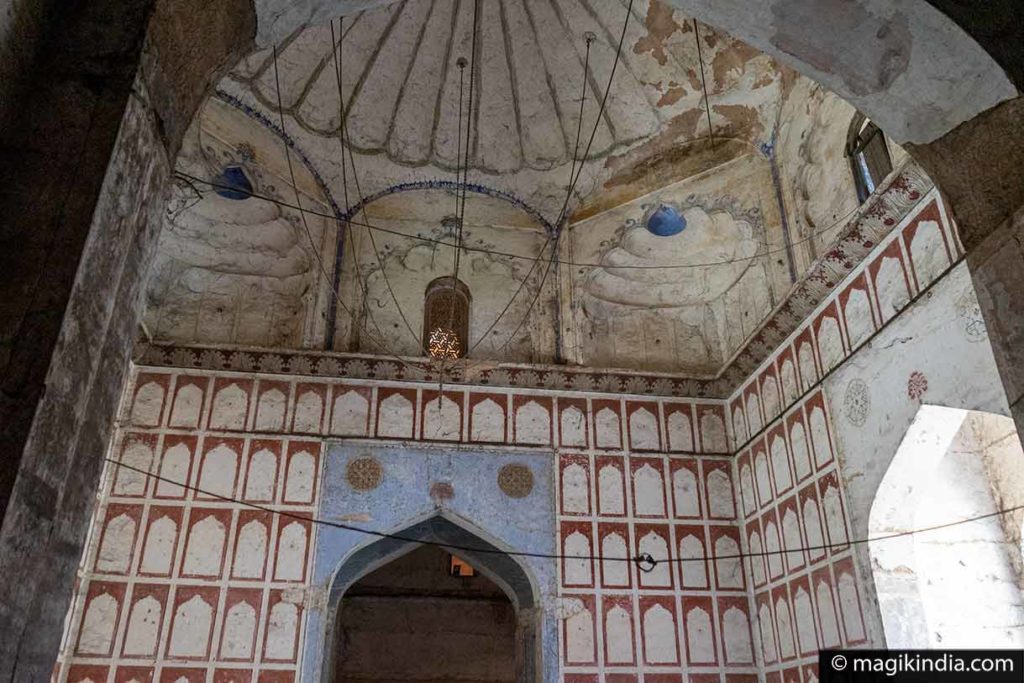
Moti Masjid
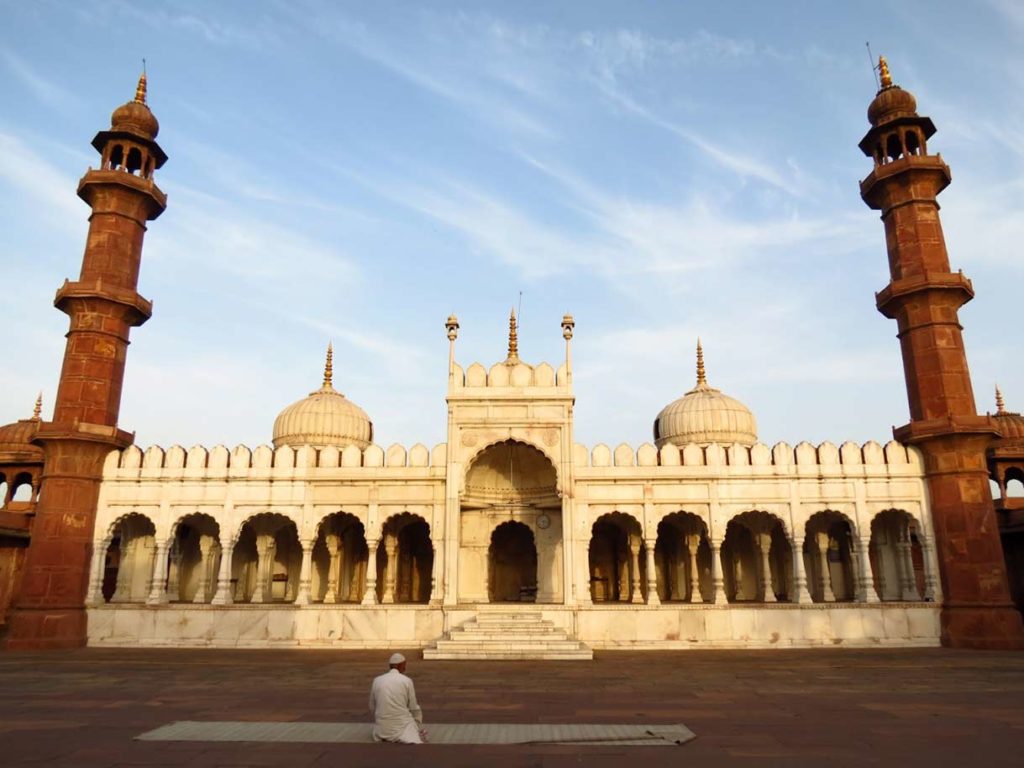
The Moti Masjid (‘small mosque’), also known as the ‘pearl mosque’, is in Bhopal town centre.
The Moti Masjid was built in 1860 on the orders of Sikandar Jehan Begum, the daughter of Qudisiya Begum.
This elegant mosque is built of red brick, contrasting with its white marble façade. Two small cupolas surmount the mosque and the red minarets on either side end in gold spikes.
Lakshmi Narayana Temple
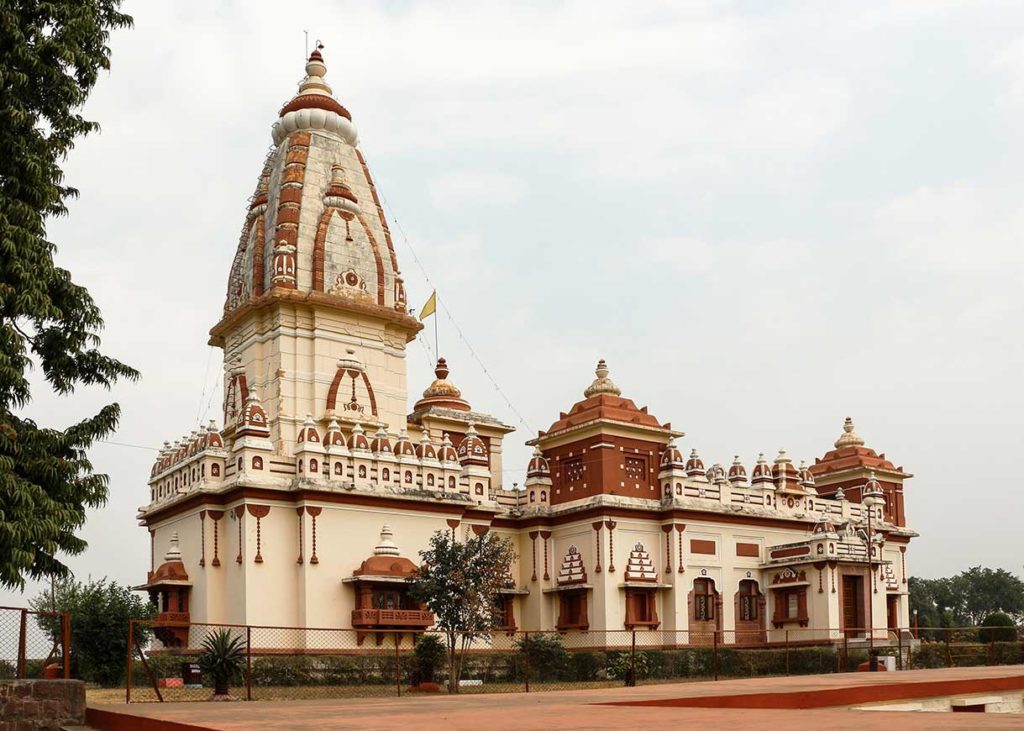
Lakshmi Narayan temple stands on the Arera hills of Bhopal. It is also known as the Birla Mandir because it was built by the Birla family of industrialists.
It is dedicated to the goddess Lakshmi accompanied by her spiritual spouse Vishnu. It also houses a shrine dedicated to Shiva and Parvati, and the Birla Museum, which boasts a fine collection of sculptures from sites around Madhya Pradesh.
Bhojeshwar temple (28 km)
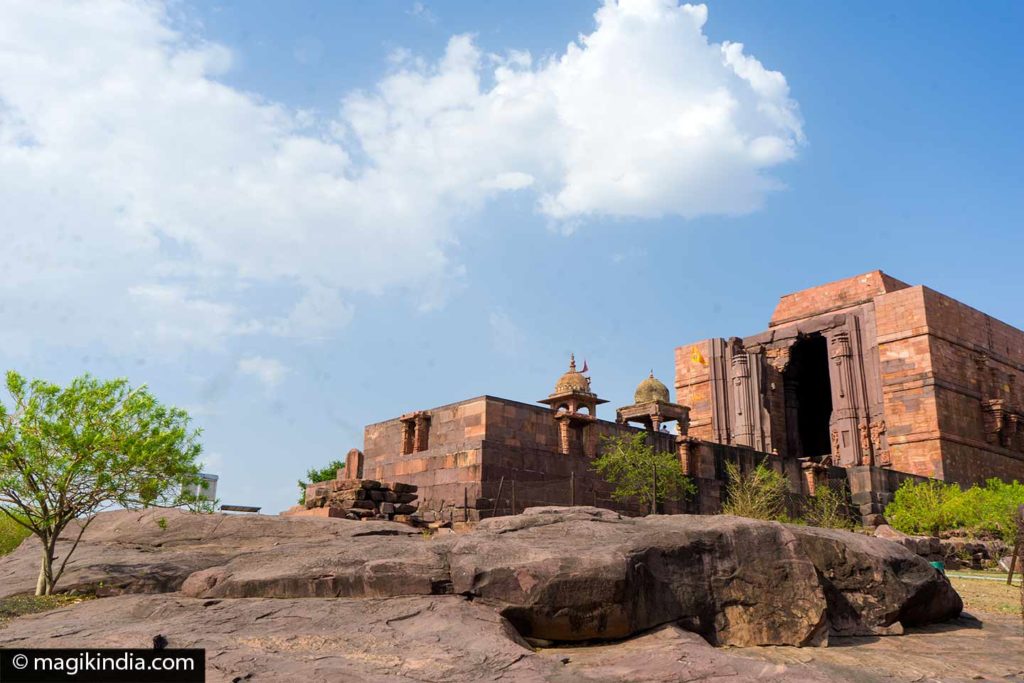
Bhojeshwar is an uncompleted Hindu temple in Bhojpur village, 28km from Bhopal. It is dedicated to Shiva and houses a 2m lingam, one of the tallest in India.
A huge, rough, blocky structure from afar, the temple reveals its delicacy as you approach. It is one more monument in India’s long list of architectural wonders…
LIRE LA SUITE +Bhimbetka (45km)
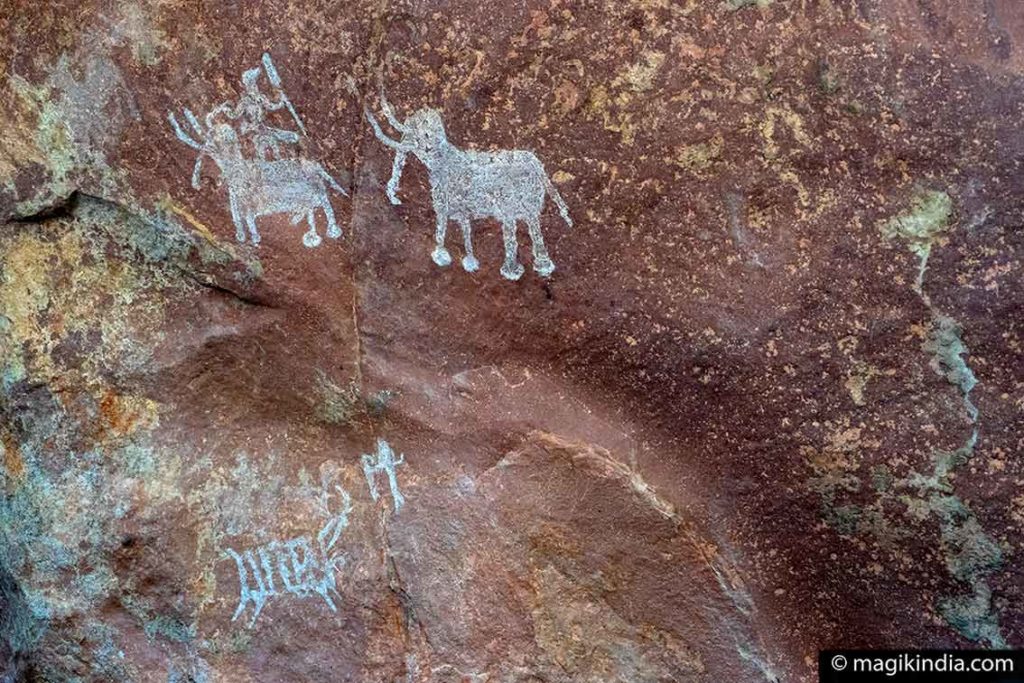
Classified as a World Heritage Site, Bhimbetka is an archaeological site nestled in a natural setting 45km from Bhopal. This site contains various rock shelters showing cave paintings dating back some 28,000 years!
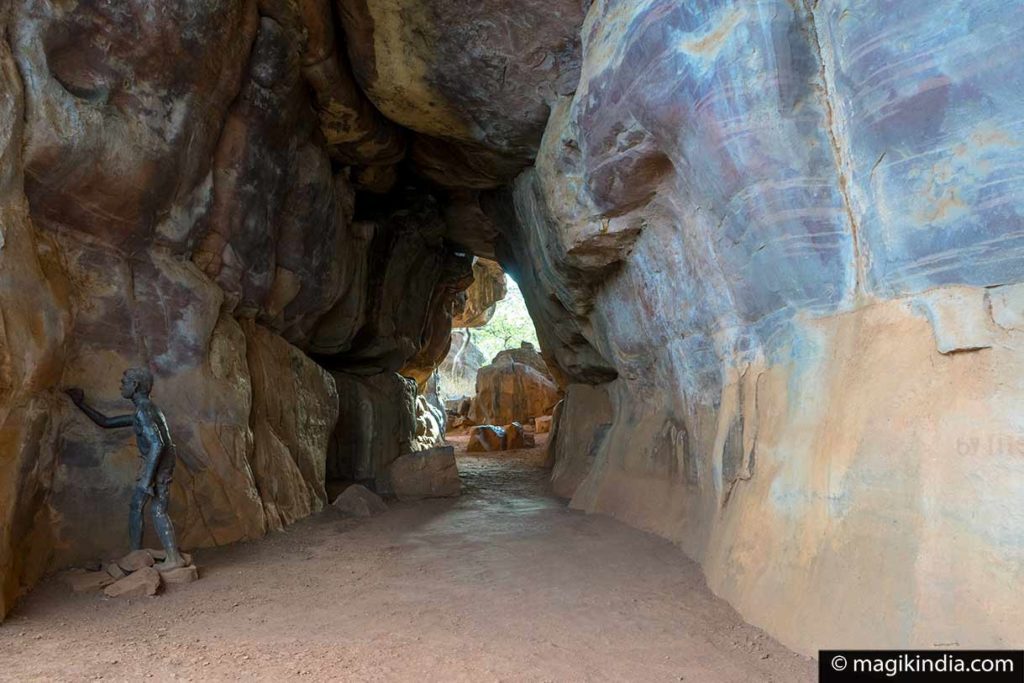
Most of these works from another era were executed using red and white pigments, more rarely green and yellow. They represent hunting scenes, dances, men riding elephants and horses, collecting honey, wearing body decorations and masks. There are also scenes from everyday life, animal fights.
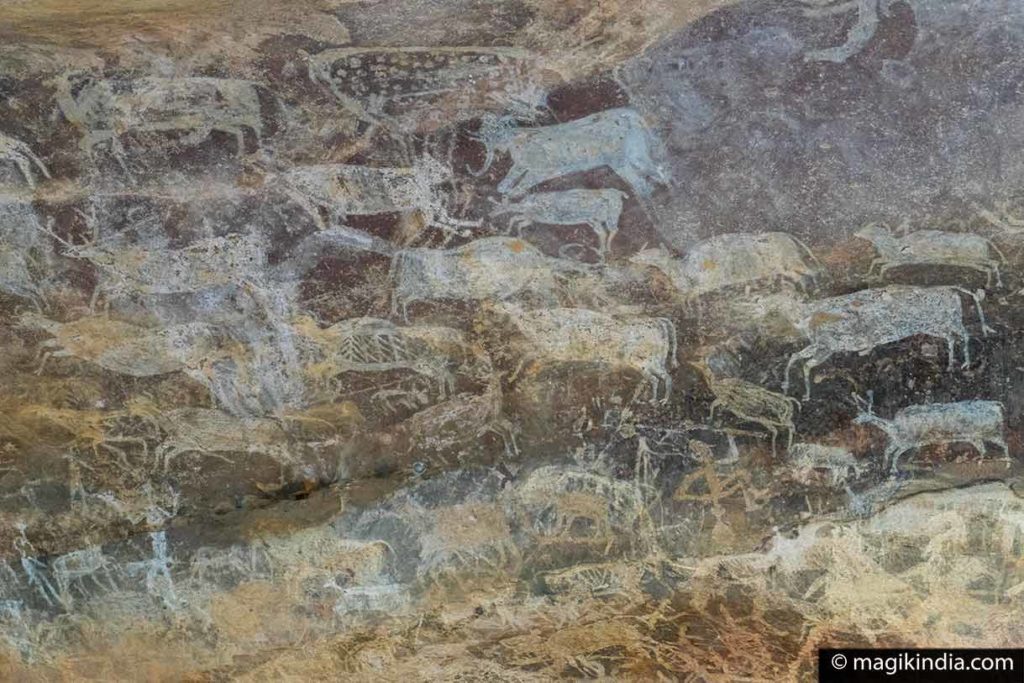
Sanchi (46km)
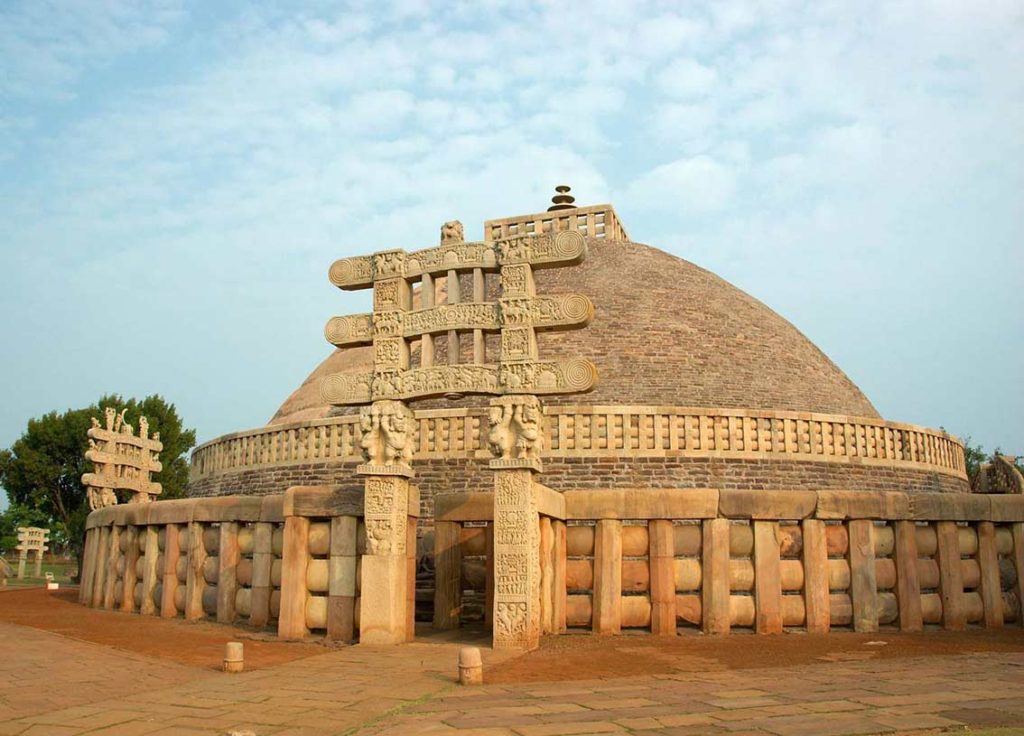
Sanchi, a small village 46km northeast of Bhopal, is famous for its splendid group of Buddhist monuments, some of which date back to the 3rd century BCE. It is the oldest Buddhist sanctuary in existence and remained a major centre of Buddhism in India until the 12th century…
LIRE LA SUITE +
